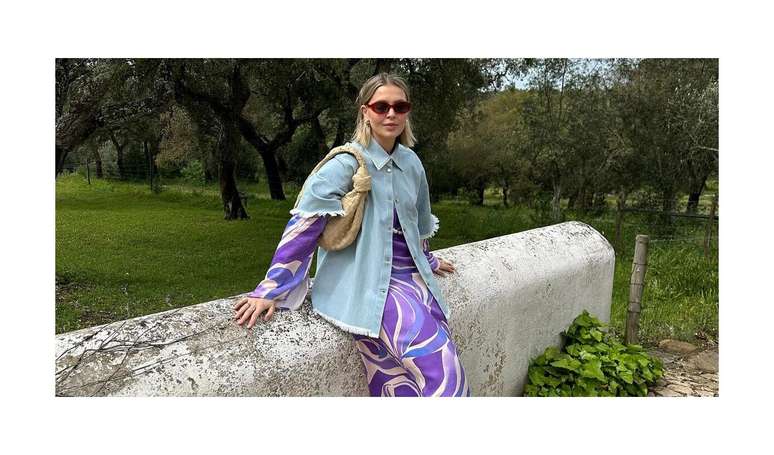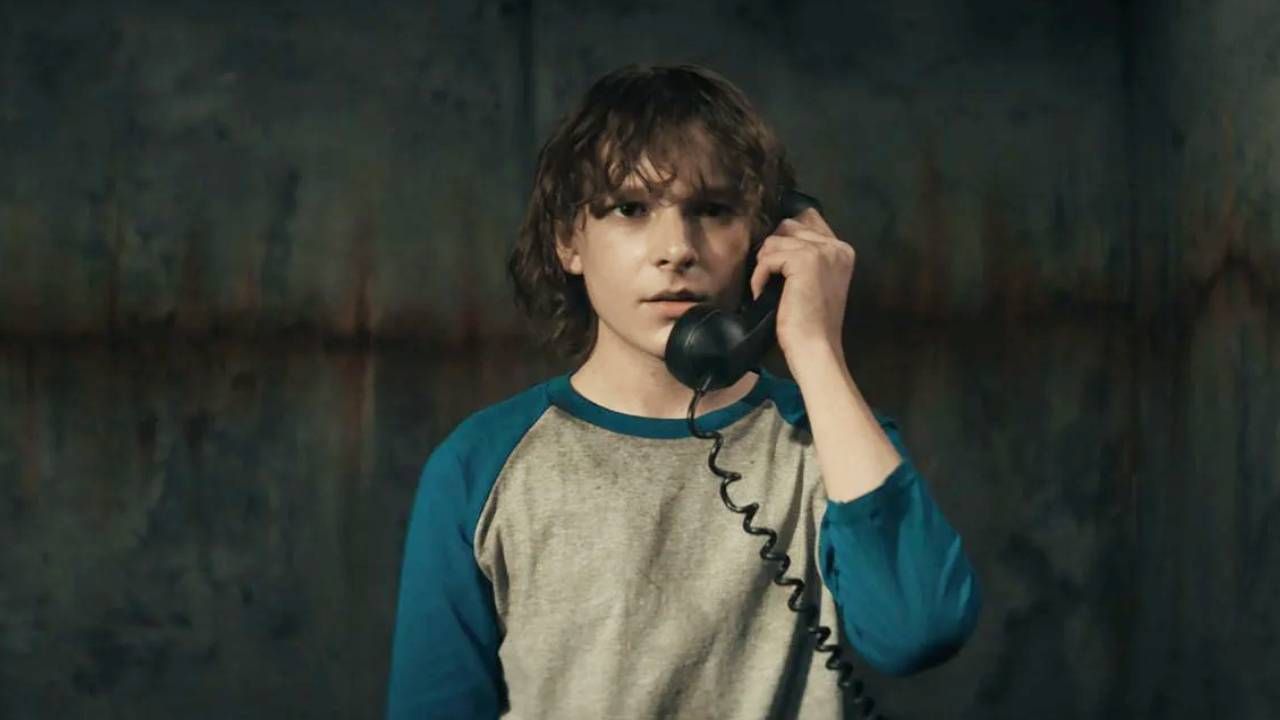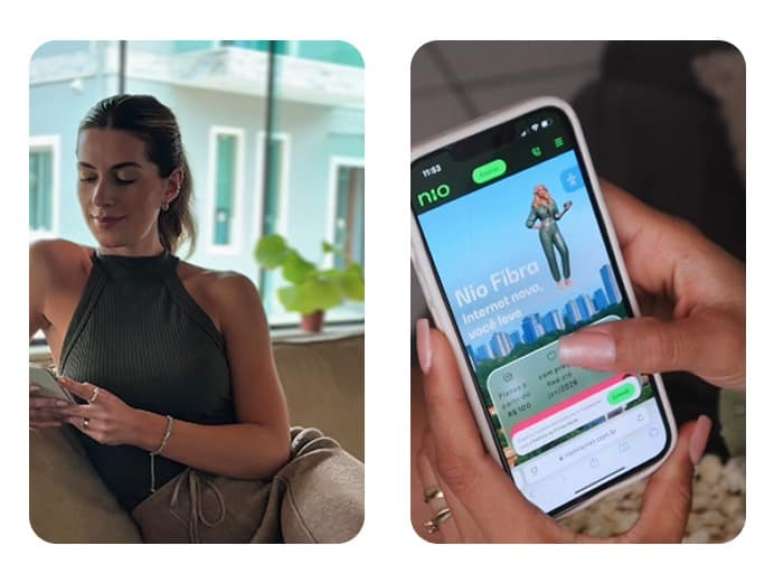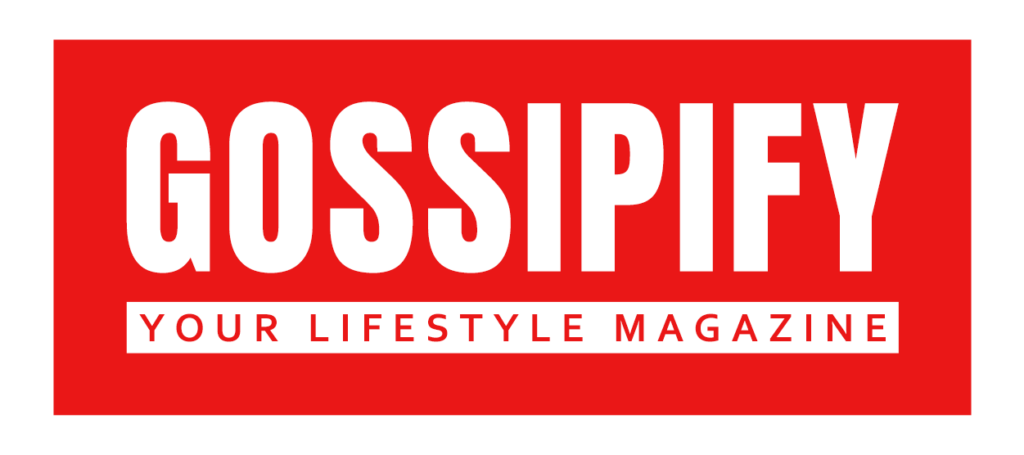This is a special keepsake of a child’s birth that can be framed and taken home!
The placenta is the first home of every human being! “It is an extraordinary organ that is formed during pregnancy, with the sole purpose of ensuring the development of the baby,” says Raquel May (@almadedoula_)doula and perinatal educator.
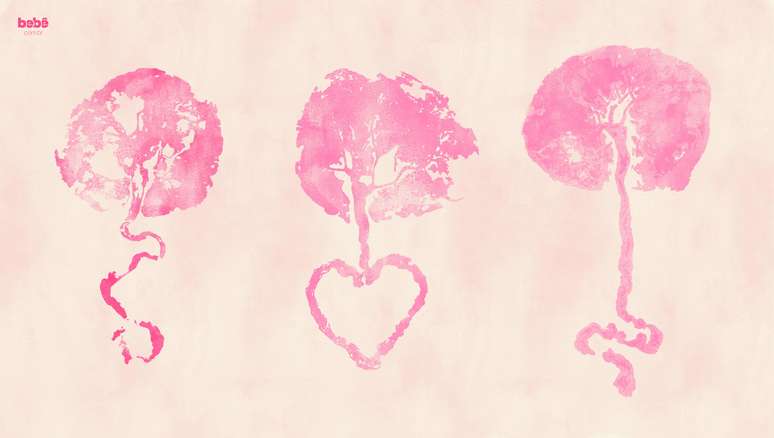
It carries out the necessary exchanges of nutrients and oxygen during the nine months of pregnancy and is the only organ in the human body that is discarded after completing its “mission”. “It is no coincidence that we call it the ‘tree of life’. Not only because of its shape, which resembles a tree, but above all because it is an essential organ for the baby while it is in the womb”, adds Cláudia Bianka Manhães (@ostetra_bianka_manhaes)gynecologist and obstetrician.
For all this, the placenta carries with it a beautiful symbology: it is the first form of connection between mother and child. “Organ stamping is nothing more than a way to keep forever something that has been so important to your child’s development and well-being,” says Cláudia.
The art known as “placenta stamp” immortalizes the moment of childbirth through a memory on paper. You can also write a special message on the sheet, as well as the day, time and place where it happened. “In the future, the memory will be cherished by the person who was born,” says Raquel.
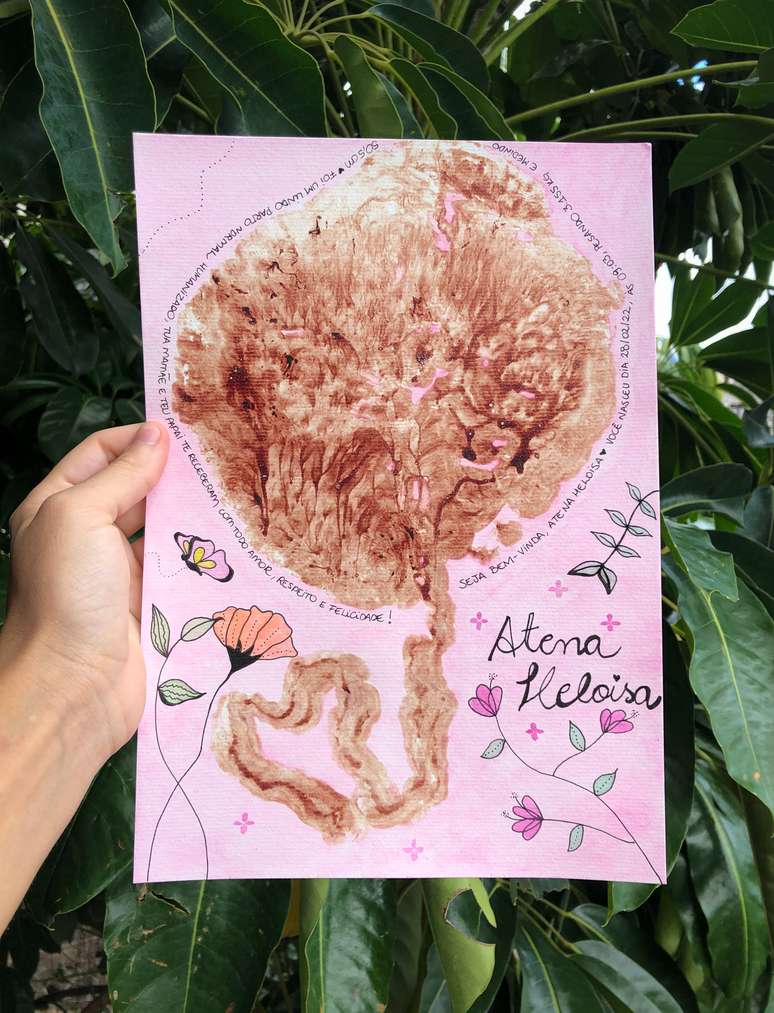
How is the placenta stamp made?
It is usually performed by a doula or other health care professional shortly after delivery. “To understand how art is produced, it is important to remember that the baby is connected to the placenta through the umbilical cord,” explains the perinatal educator.
After birth, the cord is pinched (i.e. compressed and cut) and the baby will finally be “disconnected” from the mother’s body. From that moment on, delivery of the placenta takes place. In other words, the organ detaches from the woman’s uterine wall and is expelled. “With a white sheet (preferably thicker in weight) you make a stamp of this placenta”says Rachel.
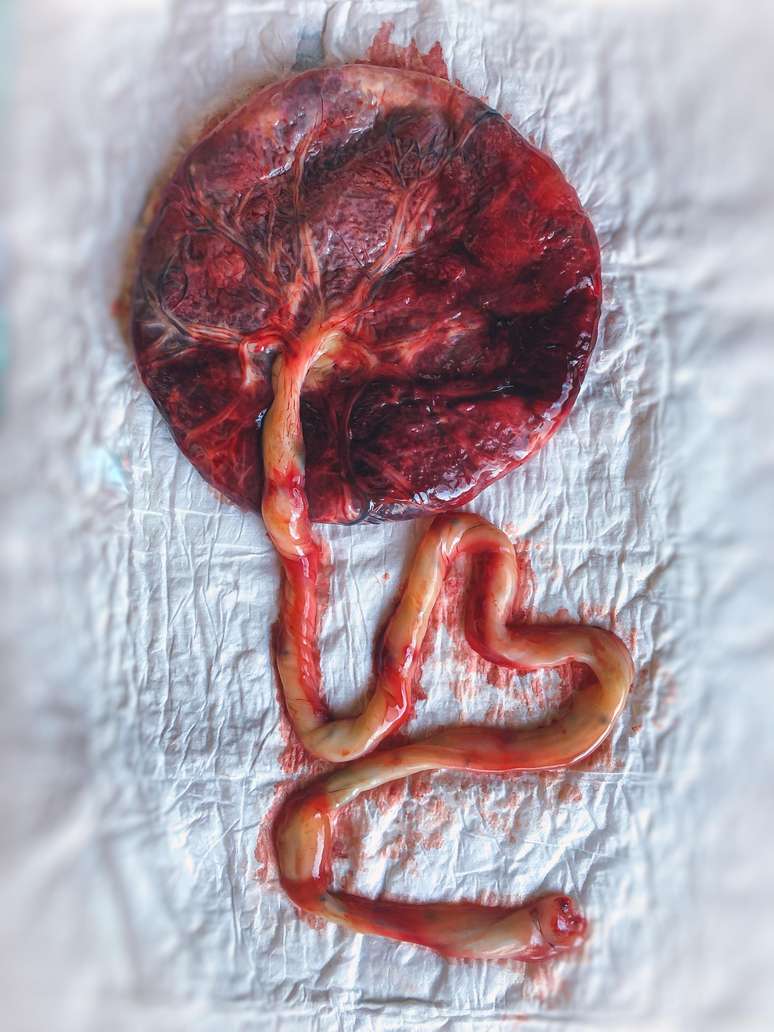
The design – made with the fetal face of the organ (the one that is in direct contact with the baby) looks a lot like a tree. “If the umbilical cord is larger in size, you can draw a Heart even at the end,” says Cláudia.
Can you customize?
It is possible to create the stamp in births via normal delivery, caesarean section and also in cases of miscarriage, just keep the placenta for art. The “print” is made with organ blood or colored pigments and watercolor. “The colors allow for a huge range of possibilities. We can tailor the colors of the art to suit the child and family, as well as paint the child’s feet and hands,” explains the obstetrician.
In this version of the stamp it is necessary to dry the blood before applying the color. Later, the practitioner can add birth data (and even a star chart) to the sheet. ” The family can take a photo of the painting and leave it in the child’s room. I prefer to personalize according to the parents. For example, if they’ve chosen a base color in their decor, I’ll look for a shade of paint that matches the environment. It depends on who will produce the souvenir,” says Cláudia.
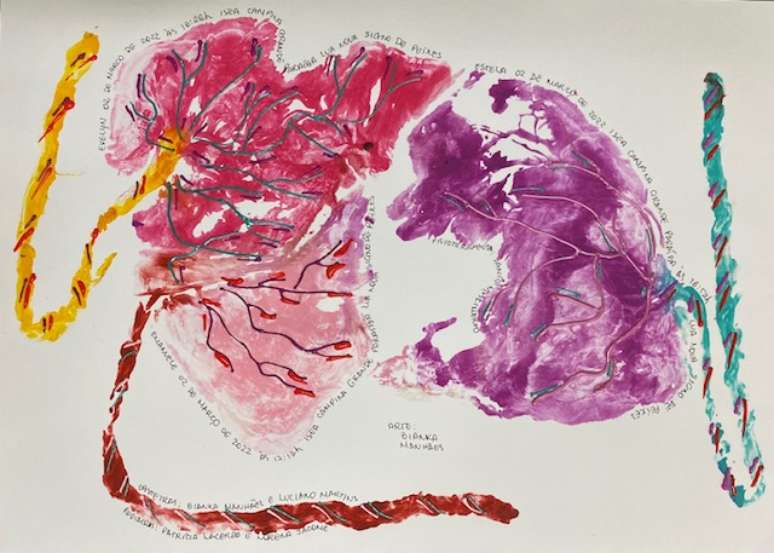
Is it possible to reuse the placenta later?
The process of making the stamp, when done with blood only, does not harm the placenta. “You can reuse it in other rituals, like encapsulating it for medicinal use,” says Raquel. But if using ink, discarding the tissue in a hospital setting is ideal. There is an exception if the goal is to bury the placenta in a seedling (to watch it grow with the baby). “There are no major problems using the paint. You just need to remove the excess pigment before planting it,” completes Cláudia.
Source: Terra
Ben Stock is a lifestyle journalist and author at Gossipify. He writes about topics such as health, wellness, travel, food and home decor. He provides practical advice and inspiration to improve well-being, keeps readers up to date with latest lifestyle news and trends, known for his engaging writing style, in-depth analysis and unique perspectives.

